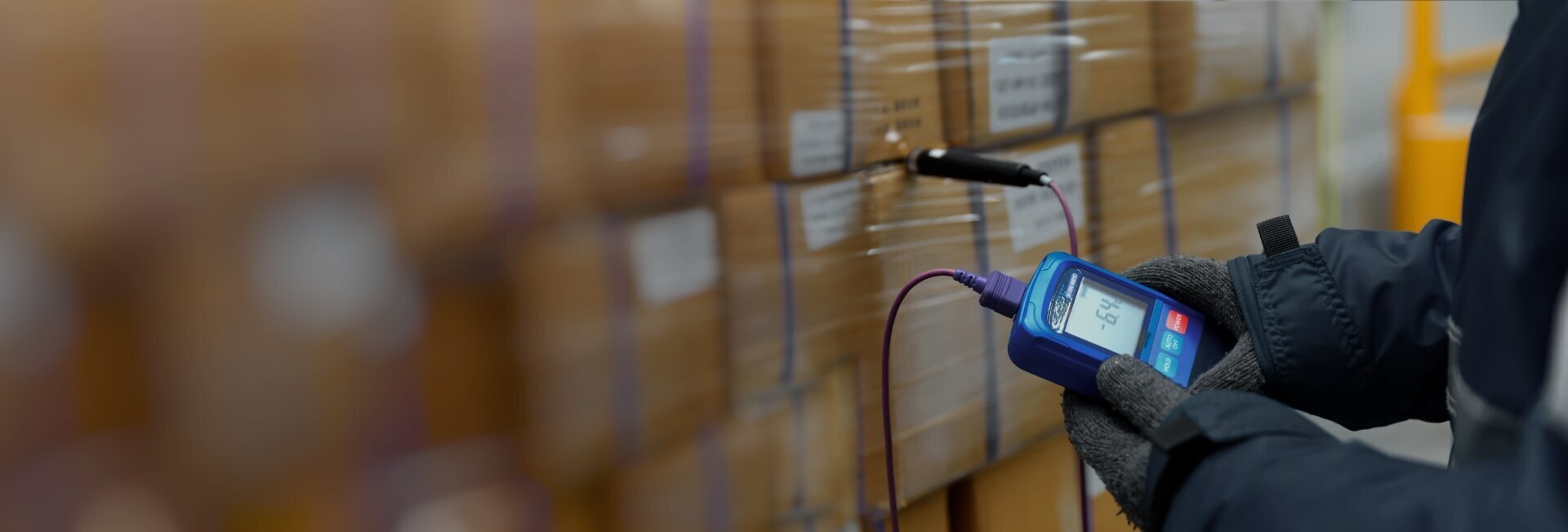
The importance of redundant cooling systems in precision cooling systems
- Home
- Resources
- Cooling Unit Manufacturing Insights
- The importance of redundant cooling systems in precision cooling systems
The Importance of Redundant Cooling Systems in Precision Cooling Systems
Precision cooling systems play a crucial role in various industries, particularly in manufacturing and distribution. These systems are designed to maintain a consistent and controlled temperature within critical environments, ensuring that sensitive equipment and products are protected from extreme heat or cold. However, even the most advanced cooling systems can encounter failures or malfunctions, leading to potential disruptions in the production and distribution processes. This is where redundant cooling systems come into play.
What are Redundant Cooling Systems?
Redundant cooling systems refer to the implementation of duplicate or backup cooling units in a facility. These units are designed to automatically take over the cooling load in the event of a primary cooling system failure, ensuring uninterrupted cooling and preventing any adverse effects on the production and distribution processes. By having redundant cooling systems in place, businesses can minimize the risk of downtime and maintain optimal operating conditions.
The Importance of Redundant Cooling Systems
There are several reasons why redundant cooling systems are essential in precision cooling systems:
1. Minimize Downtime and Production Losses
In manufacturing and distribution, any downtime can result in significant financial losses. When a primary cooling system fails, the temperature within the facility can quickly rise or drop, depending on the nature of the system. This can lead to equipment malfunctions, product spoilage, or even complete shutdowns. Redundant cooling systems act as a safety net, ensuring that the temperature remains within the specified range, even in the event of a failure. This minimizes downtime and prevents production losses.
2. Protect Sensitive Equipment and Products
In industries where precision is paramount, such as pharmaceuticals, electronics, or food processing, maintaining a consistent temperature is crucial for the performance and integrity of equipment and products. Extreme temperatures can damage sensitive components, compromise product quality, or render them unusable. Redundant cooling systems provide an additional layer of protection, ensuring that the temperature is maintained within the required range, even if one cooling unit fails.
3. Ensure Compliance with Regulatory Standards
Many industries are subject to regulatory standards and guidelines regarding temperature control. Failure to comply with these standards can result in fines, product recalls, or legal consequences. Redundant cooling systems help businesses meet these requirements by providing a failsafe mechanism to ensure that the temperature remains within the specified range at all times.
4. Enhance Energy Efficiency
While redundant cooling systems require the installation of additional cooling units, they can actually contribute to overall energy efficiency in the long run. When a primary cooling system fails, the redundant system automatically takes over, minimizing the need for emergency repairs or temporary cooling solutions that consume more energy. Additionally, by maintaining a consistent temperature, redundant cooling systems optimize the energy usage of the cooling units, resulting in lower energy costs.
Choosing the Right Redundant Cooling System
When considering the implementation of redundant cooling systems, it is essential to choose the right system that aligns with the specific needs of the facility and industry. Here are some factors to consider:
1. Scalability
Ensure that the redundant cooling system is scalable to accommodate the cooling load of the facility. As businesses grow and expand, the cooling requirements may increase, and the redundant system should be able to handle the additional load without compromising efficiency or performance.
2. Reliability
Look for cooling system manufacturers that have a proven track record of reliability and durability. The redundant cooling system should be able to function seamlessly and efficiently, even during prolonged periods of operation.
3. Customization
Every facility has unique cooling requirements, and the redundant cooling system should be customizable to meet these specific needs. This may include factors such as temperature range, humidity control, or integration with existing HVAC systems.
4. Maintenance and Support
Consider the maintenance and support services provided by the cooling system manufacturer. Regular maintenance and timely support are essential for the optimal performance of the redundant cooling system. Look for manufacturers that offer comprehensive maintenance plans and responsive customer support.
Conclusion
Redundant cooling systems are an integral component of precision cooling systems in various industries. They provide a reliable and fail-safe mechanism to ensure uninterrupted cooling and protect sensitive equipment and products. By minimizing downtime, enhancing energy efficiency, and ensuring compliance with regulatory standards, redundant cooling systems contribute to supply chain optimization and manufacturing efficiency. Choosing the right redundant cooling system is crucial to reap these benefits and maintain a streamlined and sustainable cooling solution for the facility.
Related Blogs
The importance of education and awareness in promoting the adoption of green cooling technology
Read More